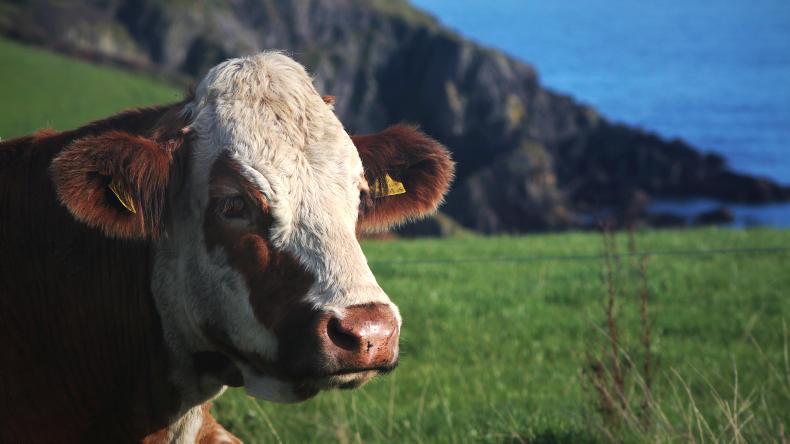Some of the most frustrating things in farming are the uncontrollable things.
They can throw the best plans out of kilter and being flexible with your system is the best way to counter them.
Animals, markets and weather would be among the most common in terms of unpredictability. But there are plenty more uncontrollables and their effects have various level of seriousness.
Some you can’t plan for at all or, if you did, you’d drive yourself daft.
An example at the lower end of the scale would be this.

After a close call with a large stone I became more safety-conscious, so late last year I purchased a pair of steel toe-cap wellingtons.
My other pair were relegated to the boot of the car for emergencies and farm walk duty.
While letting cows out of the yard, didn’t one slip and her foot caught me on the side of my foot just behind the protected area.

Reverting to the other pair, I went about my business and, while crossing a stream, I discovered a leak in one of those too. You just can’t win.
To top it all, both damaged wellies were left feet so there’s no chance of doubling up a dry and a wet day pair.
Letter box
A walk to the letter box on Friday evening led to a bigger inconvenience.
Waiting for me was a letter giving notice that the herd is now in a contiguous testing programme for TB.
This will entail testing every four months until the end of the programme and is going to require plenty of forward planning to ease the burden of it. We’re not the only farmers in the country affected by it, at least.

I don’t think I need to say much about the weather of the last month or six weeks.
Grazing plans were adapted in line with rainfall over that period and it’s a consolation that most paddocks are now going for their final grazing of the year.

The wet start to the month saw the younger cows with bull calves return home and they were housed.
Normally, the calves would get a run back out to grass but due to ground conditions a decision was made to hold them in along with the calves from any other thinner cow or cull cow around.
Cull numbers are much lower this year but that balances the extra number sold last winter.
Ration
Weaning began at the start of the week and those calves had ration introduced into their diet last week and pneumonia and IBR vaccines are up to date.
While the calves were going through the yard and because the scales was convenient, they got a run over it and I’m glad they did.
They had been dosed for worms at their weighing in early September and about a dozen calves performed poorer than anticipated. Their weight gains were half of what their comrades were.

I took dung samples from these and the results were startling. The calves had a worm egg count that was double the previous worst case.
Needless to say, they received a wormer. I took a pooled sample from the cows and rumen fluke raised its head on some of these.
Wetter warm weather from the start of September must have increased worm levels in the soil and the results were evident in those calves.
Their coats were a bit stringier and they didn’t have the same shine on them as the rest.
It was another demonstration to me of the effects environmental and management factors have on livestock.






 This is a subscriber-only article
This is a subscriber-only article










SHARING OPTIONS: